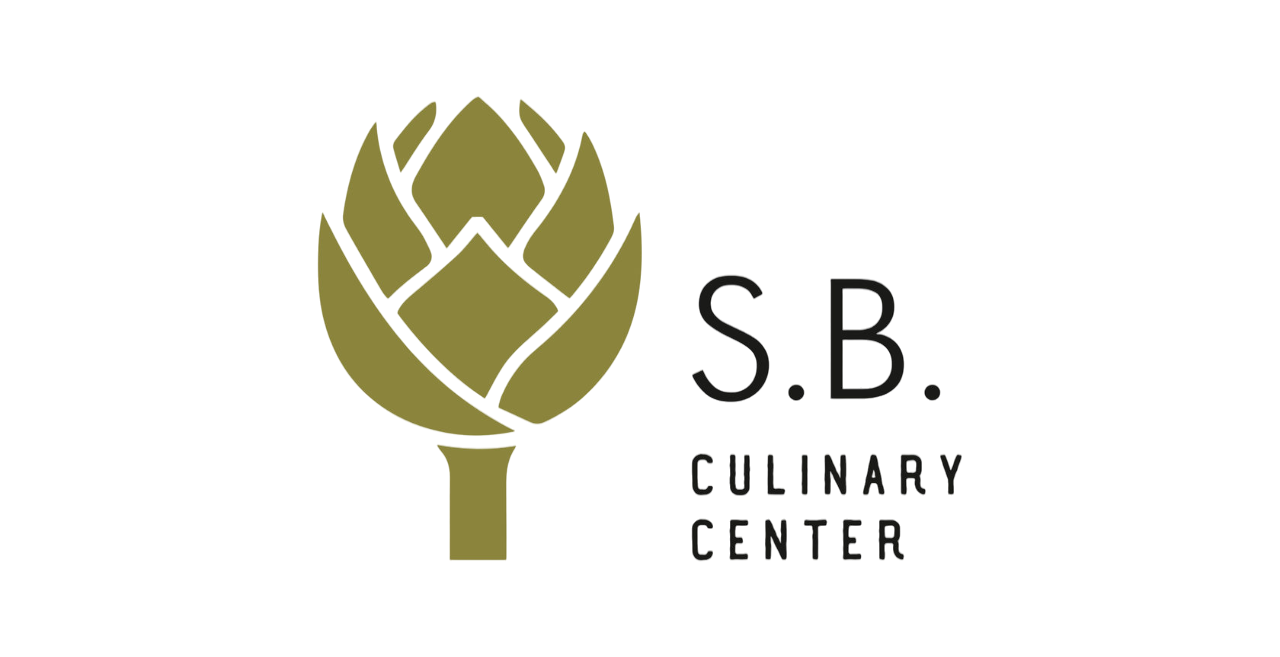Why You Should Pay Attention to Peruvian Cuisine in Today’s Gastronomic Landscape
- Healthy cuisine. Peruvian gastronomy, dating back to the Inca era, has long embraced healthy cooking methods, many of which involve little to no heat. As a result, Peruvian chefs constantly develop new techniques while avoiding frying and deep-frying whenever possible.
- Diversity. Today, Peruvian cuisine is among the most diverse and sophisticated in the world. Unofficial estimates list at least 480 traditional Peruvian dishes, more than 2,500 types of soups along the coast, and 250 traditional desserts.
- Adaptation. After Peru gained independence, waves of migration began integrating international culinary traditions into local cuisine. European, African, and Asian influences contributed to the development of Peruvian fusion cuisine. This is how the famous “Nikkei” cuisine emerged, represented today by our esteemed partner restaurant GAMAN in Madrid.
- Continuous culinary development. Thanks to its mountain ranges and proximity to the equator, Peru has an enormous variety of ingredients and products. The country is one of 12 nations with the highest diversity of microclimates within a single country. This creates ideal conditions for growing crops, raising animals, and fishing year-round — all of which positively influence the evolution of Peruvian cuisine.
- Ceviche. A cornerstone of Peruvian cuisine and one of its most recognizable dishes, ceviche has entered the gastronomic scene in the CIS countries. Today, ceviche is so popular that there’s a high risk of encountering subpar versions instead of authentic Peruvian dishes. However, it’s worth taking the time to find a truly excellent ceviche.

